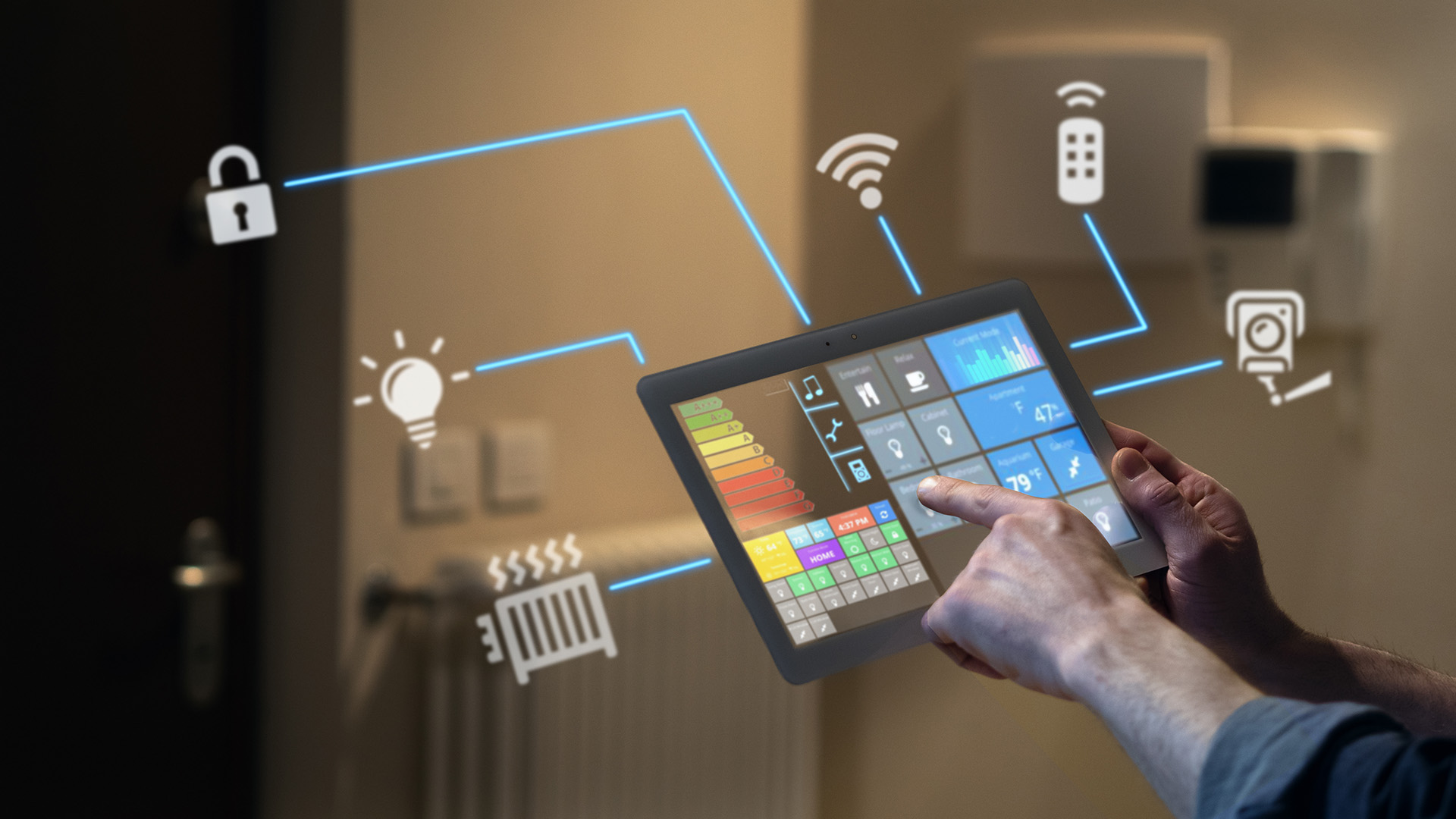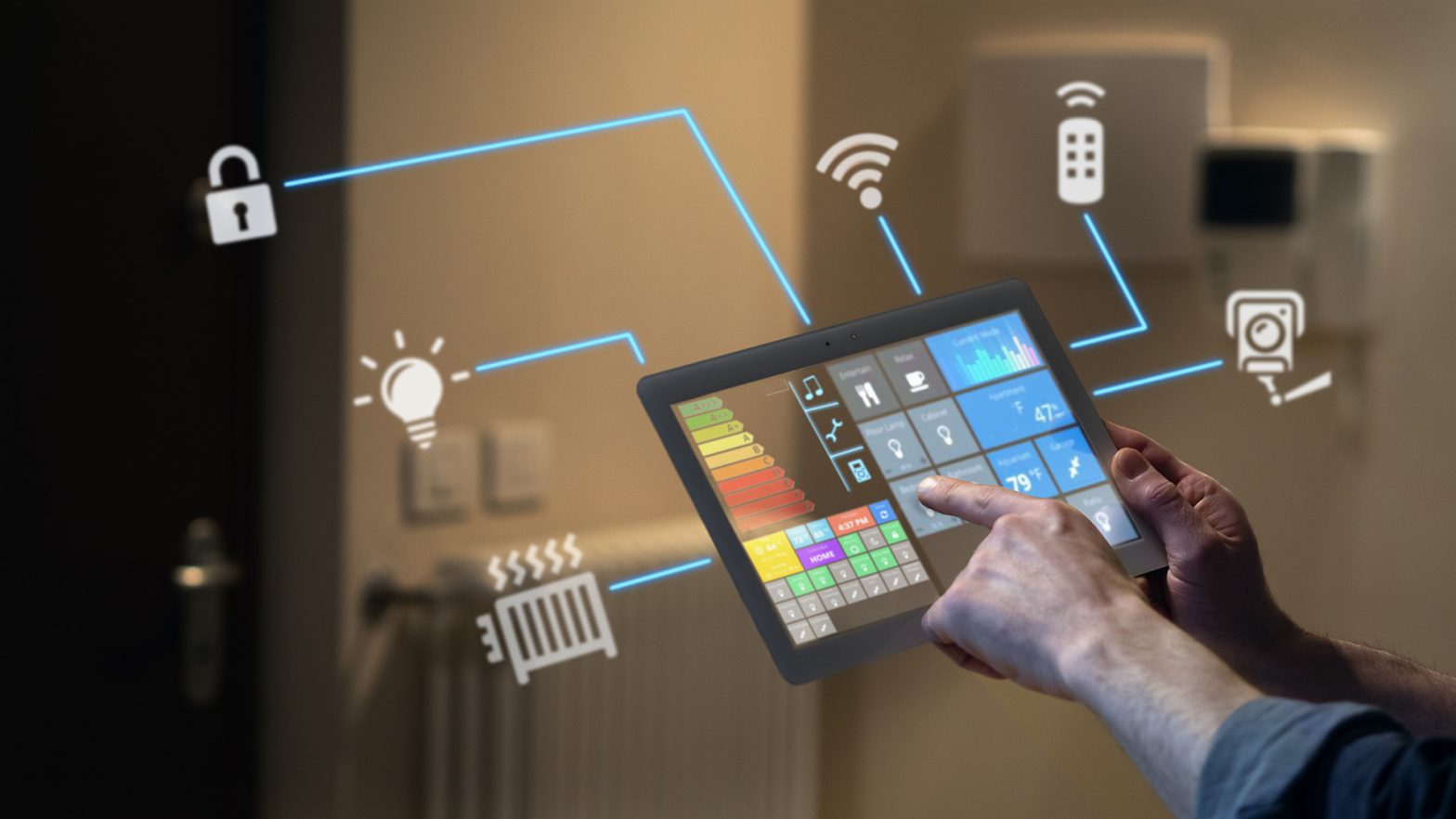
By Evelyn Long, Editor-in-Chief of Renovated
The pace at which technology is advancing has rendered the imaginative world of sci-fi movies into people’s everyday lives. Just a couple of decades ago, the idea of having a personal assistant that could control lighting, play music or order groceries with a simple voice command seemed unreal. Today, it’s normal for homes to have AI gadgets that make housekeeping a breeze. Here are the technological marvels every modern home needs to embody the concept of living in the future.
1. Smart Home Hubs and Voice Assistants
The Amazon Echo, Google Home and Apple HomePod have revolutionized people’s interactions with their homes. These devices play music, answer questions, provide weather updates and control other smart devices around the house.
Their voice recognition capabilities create a feeling of having a personal butler always ready to assist, especially during emergencies. Additionally, they continually update through over-the-air software updates, so homeowners always have access to the latest features and improvements.
2. Intelligent Lighting Systems
Philips Hue, LIFX and other smart lighting systems empower homeowners to control their space’s ambiance with a tap on their smartphones. Setting mood lighting for a movie night or programming lights to mimic sunrise in the morning becomes effortless. Furthermore, these systems often integrate with voice assistants, allowing users to change lighting with simple voice commands, which enhances convenience and accessibility.
3. Smart Thermostats
Nest and Ecobee devices help homeowners achieve the perfect temperature while saving electricity. These thermostats learn the user’s schedule and preferences, adjusting the temperature accordingly. Moreover, they provide detailed energy usage reports to help users track their consumption and make informed decisions about reducing their environmental footprint.
4. Robotic Vacuums and Mops
Roomba and Roborock make cleaning an almost hands-free task. They can map and clean homes on a schedule, ensuring pristine floors. Additionally, these robots feature advanced sensors and obstacle-avoidance technology, preventing them from getting stuck or causing damage to objects in their path.
5. Connected Kitchen Appliances
Smart refrigerators from Samsung or LG can display their contents without opening the door, suggest recipes based on the current inventory, and even play music or movies. Similarly, intelligent ovens can be preheated remotely and smart coffee makers brew the user’s morning cup as soon as their alarm goes off. These appliances often connect to smartphone apps so users can monitor and control them from anywhere.
6. Smart Security Systems
Brands like Ring, Arlo and August provide peace of mind with cameras, sensors, and smart locks. With one out of 42 Americans likely to become victims of burglary, smart security systems allow homeowners to monitor and secure their homes from anywhere in the world. Moreover, these systems offer features like two-way communication, motion detection alerts and integration with third-party security services, enhancing home security and safety.
7. Home Health and Wellness Tech
The wellness movement brings air purifiers, smart scales, sleep trackers and connected fitness equipment like Peloton into people’s homes. These devices ensure a healthier living environment and offer data-driven insights into the user’s well-being. Many of these devices now feature AI algorithms that provide personalized health recommendations and track long-term health trends, empowering users to make proactive decisions about their fitness.
8. Immersive Entertainment Systems
Simple TV sets are a thing of the past. Now, OLED displays, augmented reality devices and virtual reality setups offer immersive gaming, movie, and social experiences. These systems often feature state-of-the-art graphics, surround sound and haptic feedback technologies that immerse users in a captivating entertainment experience.
9. Sustainable Tech
Solar panels, battery storage systems and smart water-management devices ensure futuristic homes are tech-savvy and environmentally conscious. In addition to reducing energy bills, solar panels contribute to a cleaner environment by harnessing renewable energy sources. Batteries enable homeowners to use that power when the sun isn’t out. Simultaneously, smart water-management systems help conserve water resources by efficiently monitoring and controlling water usage.
10. Universal Connectivity
With numerous devices, a robust, secure and fast Wi-Fi system is essential. Mesh Wi-Fi systems connect every corner of the home, enabling seamless interaction between devices. They often come with advanced security features like network segmentation, real-time threat detection and automatic firmware updates, ensuring all connected devices are protected from online threats and vulnerabilities.
Should You Upgrade Now?
Being an early adopter provides access to cutting-edge technology, allowing individuals to experience new features and innovations ahead of the mainstream market. This early access can offer a competitive advantage, so consumers can influence product development and develop valuable expertise.
In addition, early adoption fosters learning opportunities, leading to increased productivity and efficiency. It also facilitates networking within tech communities, leading to cost savings and personal satisfaction.
Adapting to Home Tech
Smart home technology has transformed how people live and interact with their living spaces. From the convenience of voice-activated assistants to the energy-saving capabilities of intelligent thermostats and the immersive entertainment experiences offered by cutting-edge displays, homes have become hubs of innovation and efficiency. Moreover, integrating sustainability measures and universal connectivity ensures futuristic homes are technologically advanced, environmentally conscious and secure.
As these technologies continue to evolve, houses are set to become even more intelligent, adaptable and attuned to people’s needs, promising a future where living spaces truly enhance the resident’s quality of life and well-being. The possibilities for tomorrow’s smart homes are limitless and the journey towards creating more connected, sustainable living environments is exciting.

































